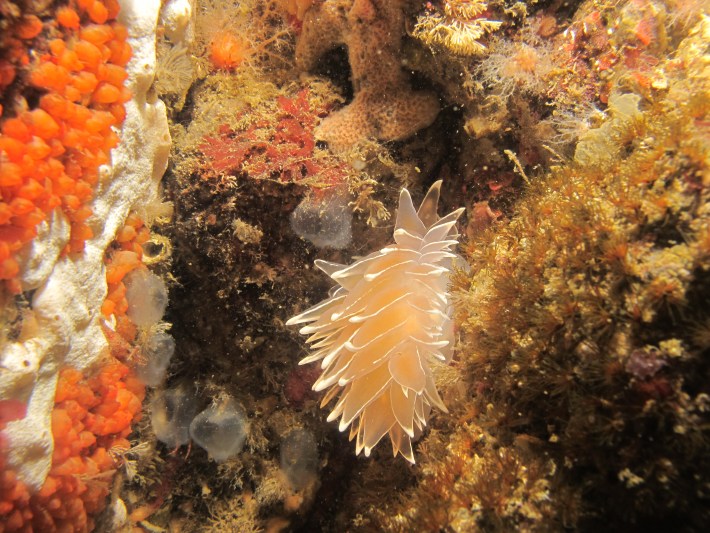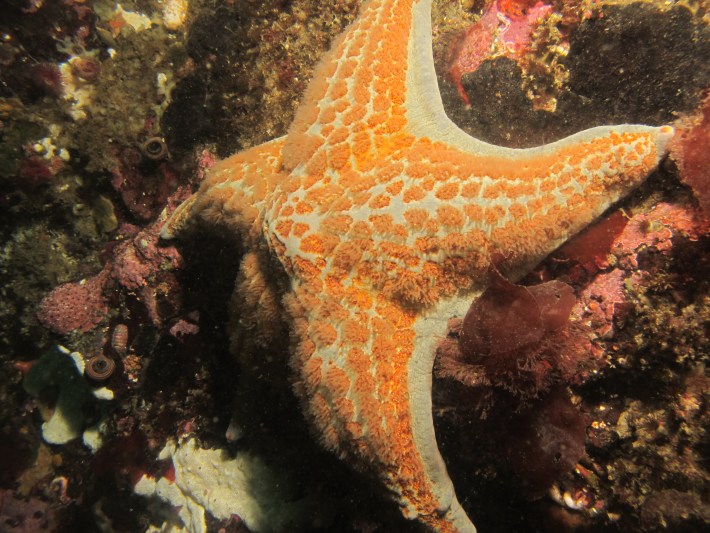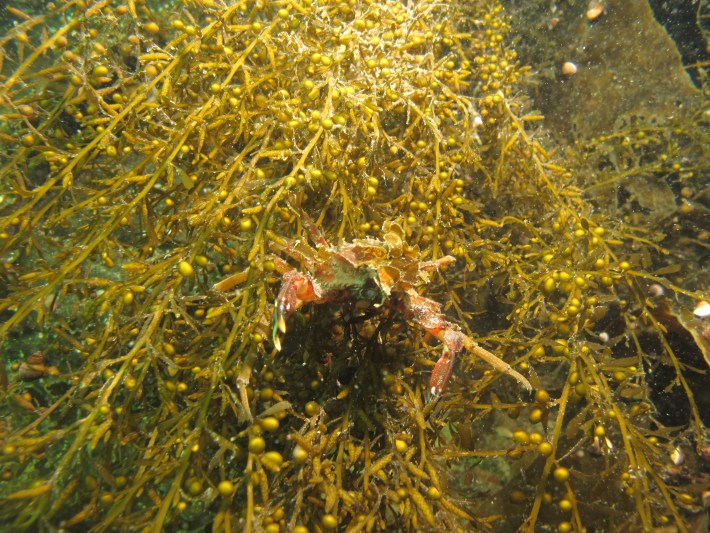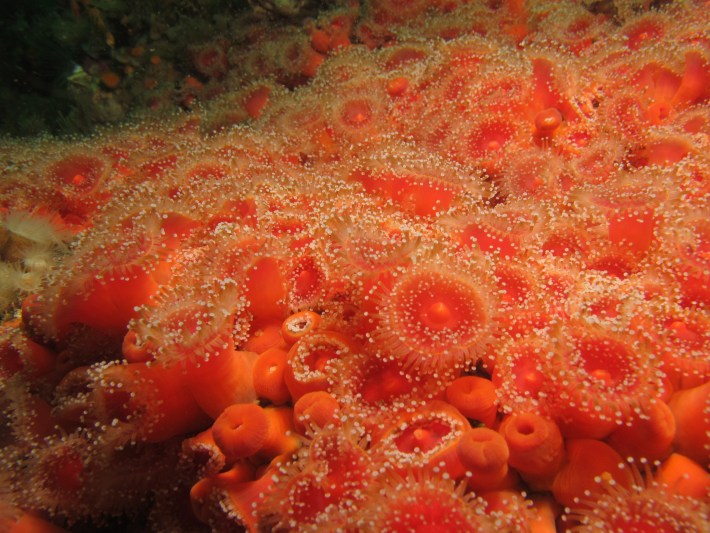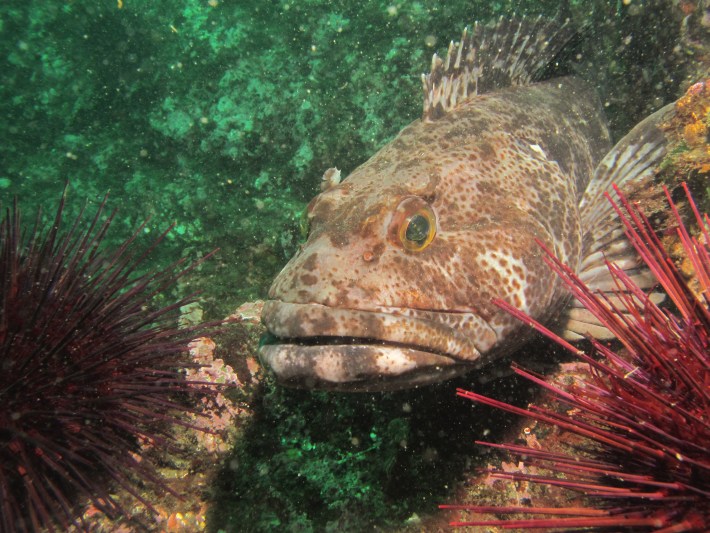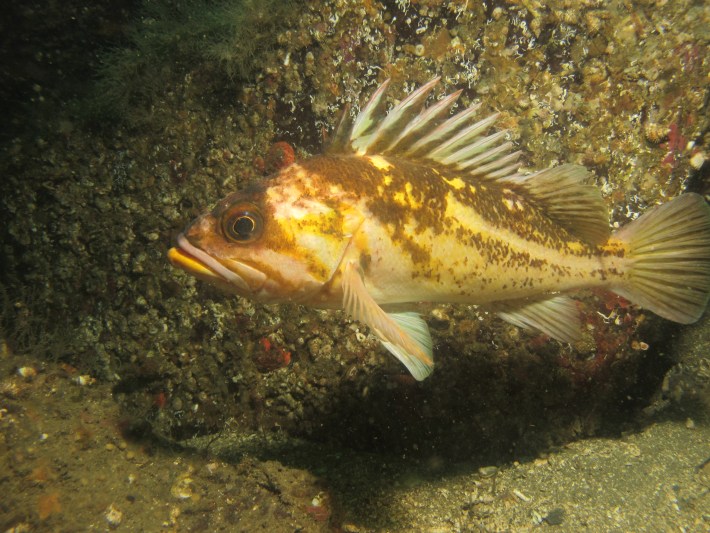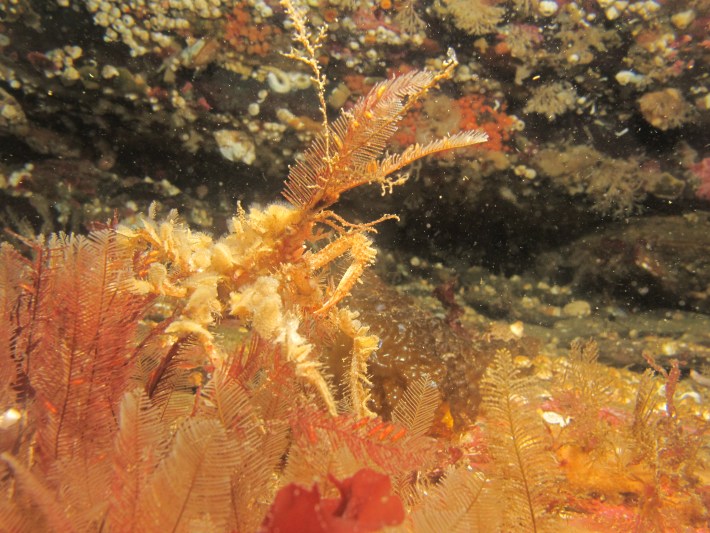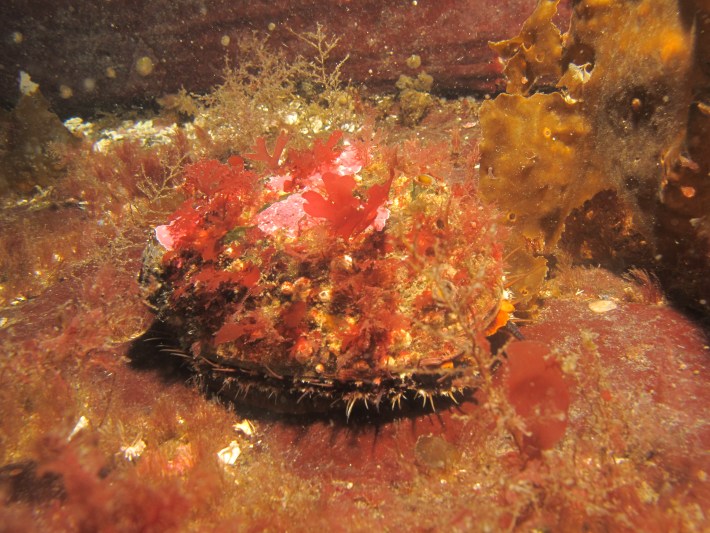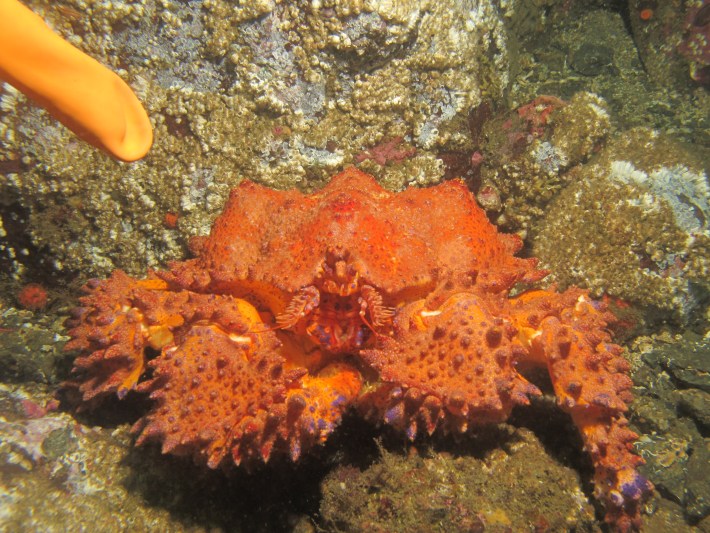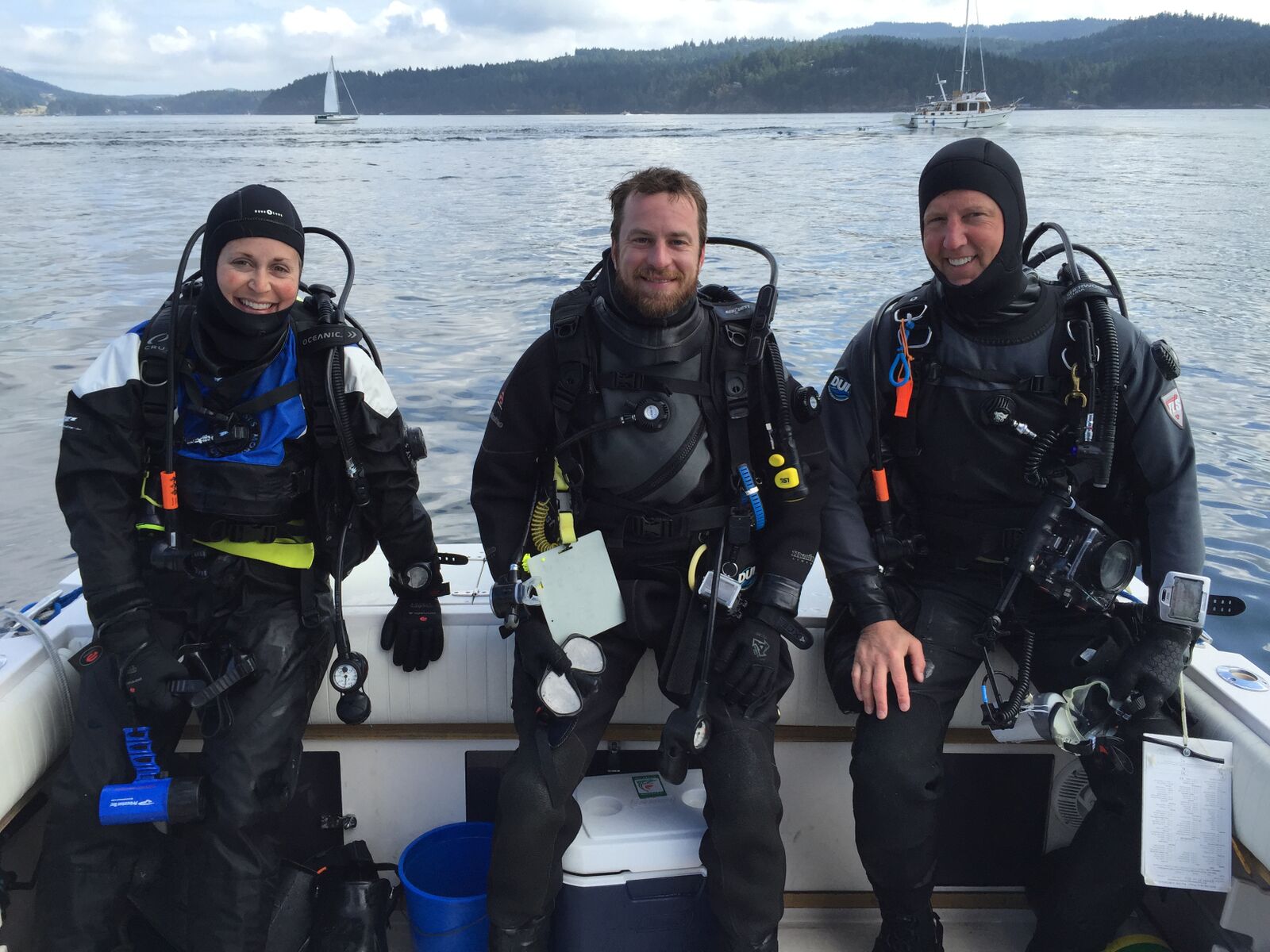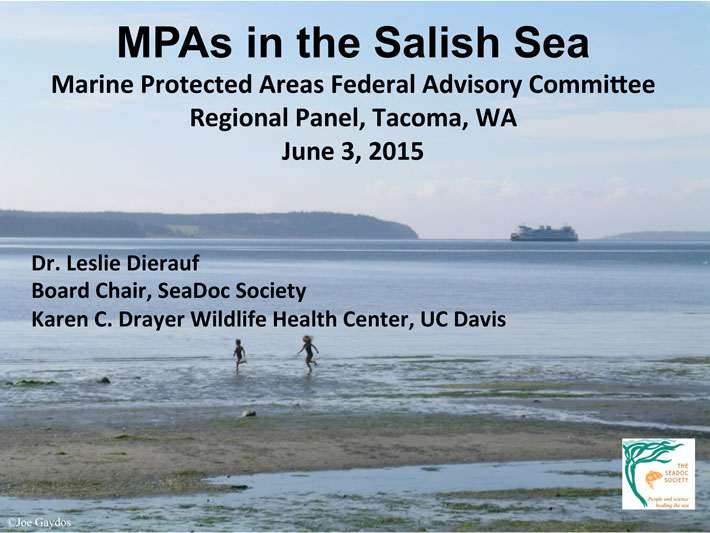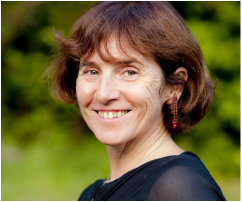Recently a team of scientists from the Northwest Straits Commission and the SeaDoc Society took a deep dive into decades of data collected by scientists looking for juvenile salmon in the nearshore. But they weren't interested in salmon. Instead, Jamey Selleck, Caroline Gibson, Suzanne Shull and SeaDoc's Joe Gaydos were interested in Pacific Sand Lance, which are often caught by accident during salmon sampling.
They discovered a treasure trove of data about these important fish, which are vital to the ecosystem because they turn plankton into fat for other animals higher up the food web.
Within the salmon data, they analyzed findings from over 15,000 beach seines that captured Sand Lance, spanning 1,630 sites along 320 miles of shoreline.
The results of the study were published in the scientific journal Northwestern Naturalist.
The study showed that while Sand Lance can be found almost everywhere in the Salish Sea, abundance varies during the year.
Here's the abstract:
Pacific Sand Lance (Ammodytes personatus) are energy-rich schooling fish that are thought to be important drivers of marine food webs in Alaska (USA) and British Columbia (Canada). Despite a number of studies characterizing their distribution and habitat use in Alaska and British Columbia, surprisingly little is known about population attributes in the Salish Sea. We compiled and analyzed 15,192 records collected from 1630 sites, primarily by beach seine or tow net in nearshore shallow areas between 1970 and 2009, to determine Sand Lance spatial and seasonal distribution in the inland waters of Washington State. Sand Lance were present along 78% of the shoreline that was sampled and were captured during every month of the year. The maximum number captured in individual nets increased between May and August. Fork length ranged from 1.7 to 19.0 cm and average fork length did not vary by month. The shortest minimum fork lengths were documented during April through July, likely representing annual recruits, but size at maturity is not known for the local population. Their widespread distribution throughout the region and peak abundance during summer suggests that they are an important potential prey source and could be a driver of marine food webs in this region.
Read the full study here. If you are unable to access the publication, send us an e-mail at seadoc@seadocsociety.org.







